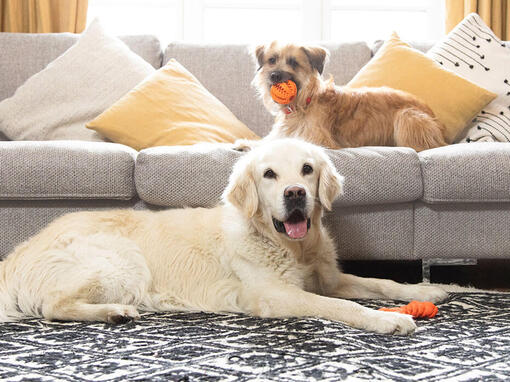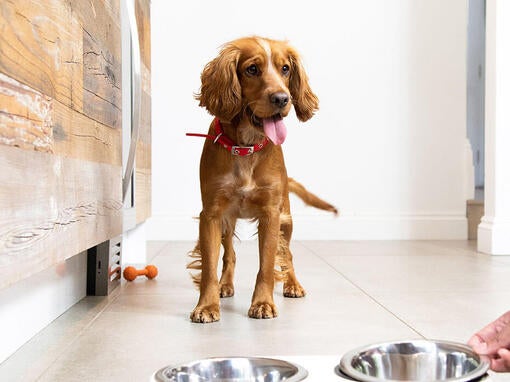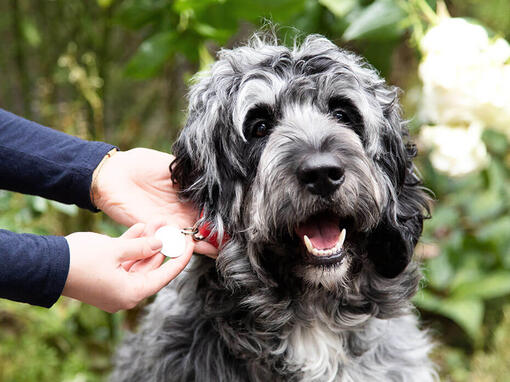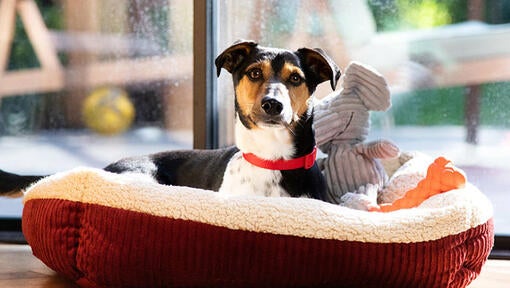Personality
Scottish Terriers are frequently described as bold, lion-hearted, loyal and serious, but also dour, aloof, and reserved. Whilst primarily a companion and show dog today, the Scottish Terrier is very much a terrier, with all the feist and independent spirit one should expect.
With kind, patient training and motivation, the Scottie can be a cheerful, loyal and affectionate family friend to those they live with and knows well, but don’t expect them to be gushing and effusive with strangers.









